Check out our latest office cleaning hacks and tips to ensure a cleaner and healthier workplace.
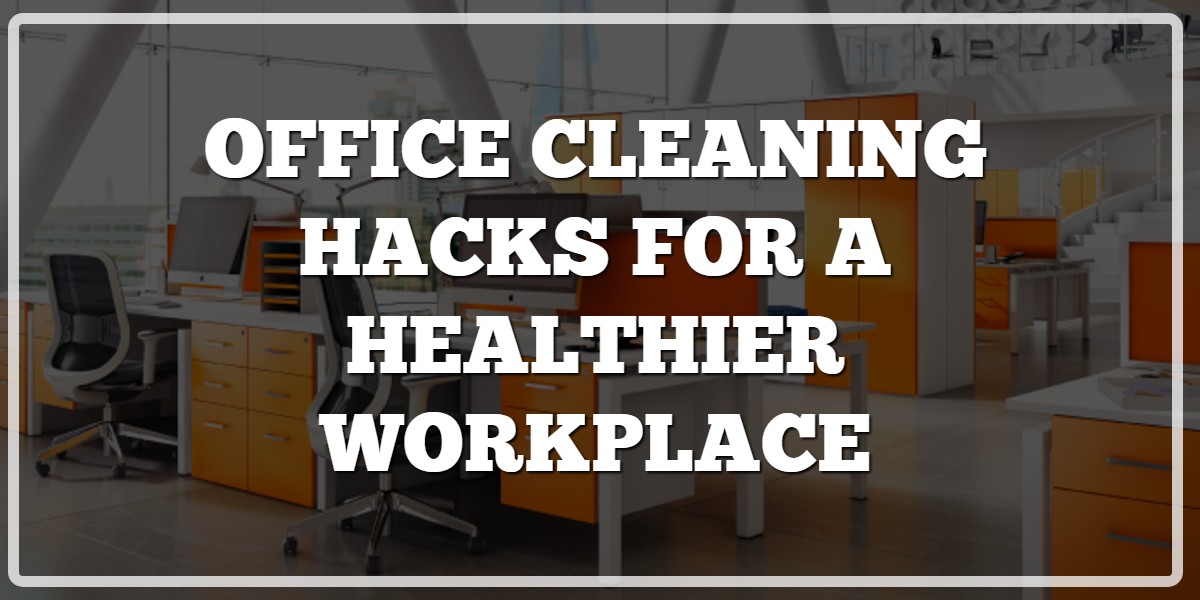
Office Cleaning Tips for Healthier Schools and Workplaces
We spend approximately 90% of our lives indoors, and much of that is within educational facilities or workplaces.
Given the focus, attention, and care we take in making our homes healthy--making certain to carefully research and use only the safest of products--the question must be asked; why do we not take the same precautions and expect the same standards where we work and go to school?
While full-scale green and sustainable cleaning may not be available where you work, you can significantly improve the cleanliness of your local workspace, and lead by example in shared areas, such as kitchens and restrooms.
Office Desk
Your office desk is likely covered in germs and bacteria, as well as the cause of a newly researched issue plaguing workers--Irritable Desk Syndrome (IDS).
According to SixWise.com;
Researchers at NEC-Mitsubishi, a maker of computer monitors, questioned 2,000 office workers and found many to be suffering from "Irritable Desk Syndrome" (IDS).
IDS is caused by working long hours at a cluttered desk, often with poor posture. The combination can lead to both physical and mental symptoms, including chronic pain, and loss of productivity. Among the survey's most telling findings were:
67 percent said they are more tied to their desks than they were two years ago.
40 percent said they were "infuriated by too much clutter and paper on their desks but could not be bothered to do anything about it."
35 percent said they had back or neck pain because they knowingly had poor posture or an awkward position while at their desk.
The Surprising Health & Psychological Benefits of a Clean, Uncluttered Desk
Green Cleaning Tips
- Don't eat at your desk.
- Empty your trash can every day.
- Wipe down your monitor with an approved, safe for electronics wipe to avoid eye, back, and neck strain.
- Sanitize your mouse, keyboard, desk phone, mobile phone, and any smart or touch devices with a certified green, and safe for electronics wipe on a regular basis.
- Clean, organize, and disinfect the top of your desk, specifically the spot where you rest your hand while operating a computer mouse, as well as all flat, horizontal, non-porous surfaces, at least weekly.
- Keep a bottle of liquid hand sanitizer at your desk, and use it according to warnings and instructions.
- If possible, place a live plant to absorb indoor air pollutants, or place a desktop HEPA air filter near you.
Kitchen
The typical office kitchen contains multiple surfaces, likely filthier than a toilet seat.
The buildup of germs and bacteria on statistically poorly and rarely cleaned surfaces that we eat off of is troubling, given the issues that arise from foodborne illness are, almost exclusively, entirely preventable.
According to Kimberly-Clark;
The place where U.S. workers eat and prepare their lunch topped the list of office germ "hot-spots," with sink and microwave door handles found to be the dirtiest surfaces touched by office workers on a daily basis.
The findings are from a study carried out by Kimberly-Clark Professional* and is believed to be one of the most detailed and comprehensive studies ever conducted on identifying workplace hotspots where germs can lurk.
Hygienists from Kimberly-Clark Professional* The Healthy Workplace Project* collected nearly 5,000 individual swabs from office buildings housing more than 3,000 employees.
The participating office buildings represented a broad cross-section of office "types" including manufacturing facilities, law firms, insurance companies, healthcare companies and call centers.
According to the study, which was carried out in consultation with Dr. Charles Gerba, Professor of Microbiology at the University of Arizona, the percentage of the office surfaces tested and found to have high levels of contamination (an ATP count of 300 or higher), includes:
75 percent of break room sink faucet handles.
48 percent of microwave door handles.
26 percent of refrigerator door handles.
23 percent of water fountain buttons, and;
21 percent of vending machine buttons.
Where the Germs Are: New Study Finds Office Kitchens and Break Rooms are Crawling with Bacteria
Green Cleaning Tips
- Clean the sink and countertops daily with a certified green cleaning wipe or spray in combination with a microfiber cloth.
- Heat a small bowl of water with lemon juice in the microwave for 3 minutes, then wipe down with a microfiber cloth. Sanitize with a certified green cleaning wipe after the microwave has cooled.
- Wipe down ALL nonporous surfaces with a certified green cleaning wipe or spray, then wipe dry with a microfiber cloth on a daily basis.
- Replace sponges with a microfiber cloth.
- Follow manufacturer instructions for desalinating coffee pots and carafes.
- Clean out refrigerators and freezers, top to bottom, with a green certified disinfectant weekly.
- Wash coffee cups, especially joint-use glasses, with soap and water after use, and dry them off with a microfiber towel.
Restroom
Oddly, restrooms are among the most sanitary of office and school occupied spaces.
This is more likely due to the focus of users on the likely transfer of germs to themselves and others, more than anything, as well as an acknowledgment that prior users may not have employed desirable bathroom etiquette.
The U.S. Centers for Disease Control and Prevention (CDC) recommends that you wash your hands vigorously using soap and water for 15 to 20 seconds, or the time it takes to sing or hum "Happy Birthday" twice.
But on average, bathroom users only washed their hands for 6 seconds, and just 5 percent washed their hands for 15 seconds or longer, the researchers found.
Among men, only half used soap and 15 percent didn't wash their hands at all, compared with 78 percent of women who used soap and 7 percent of women who didn't wash their hands.
The CDC says hand washing is one of the most effective ways to cut the spread of infectious diseases. Dirty hands are estimated to contribute to 50 percent of all foodborne illness outbreaks.
Gross! Just 5 Percent of Bathroom Users Wash Hands Correctly
Green Cleaning Tips
- Always wash your hands after using the restroom.
- Make certain all trash goes into the garbage can, and not onto the floor, or left on the counter.
- Disinfect all surfaces at least daily, depending on use, with a certified green cleaning product and microfiber.
- Scrub the floor regularly to remove embedded dirt, germs, and other bacteria.
Takeaway
Maintaining cleanliness while avoiding unnecessary clutter improves worker and student morale, health, and performance.
Schools and businesses that maintain a healthy environment, specifically with the adoption of green cleaning practices, show a marked improvement in bottom lines, as well as a reduction in absences.
If you would like to learn more about the advantages of green, sustainable office cleaning practices, contact us today for a free quote!
In Bakersfield CA, call (661) 437-3253
In Fresno CA, call (559) 206-1059
In Valencia CA, or Santa Clarita CA, call (661) 437-3253

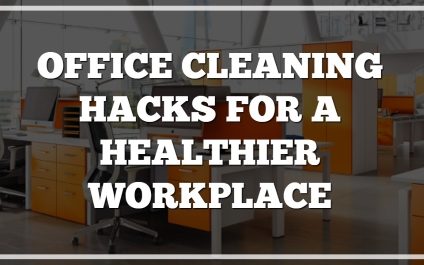
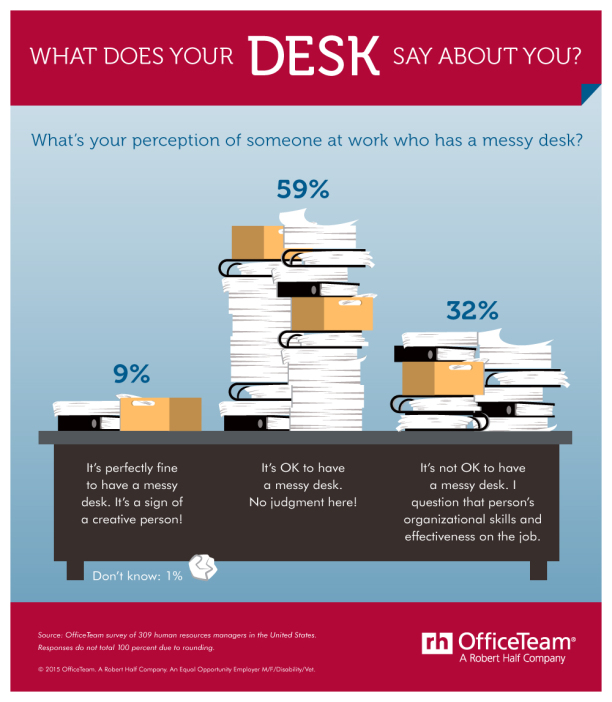
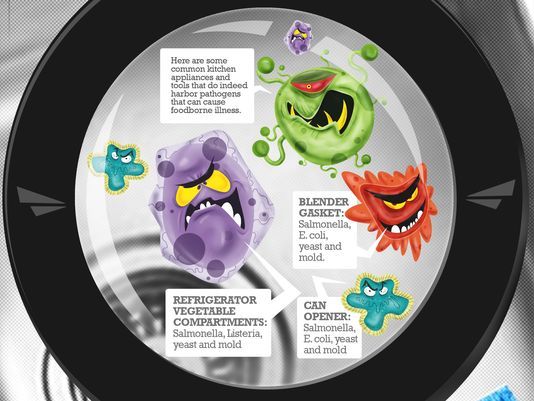
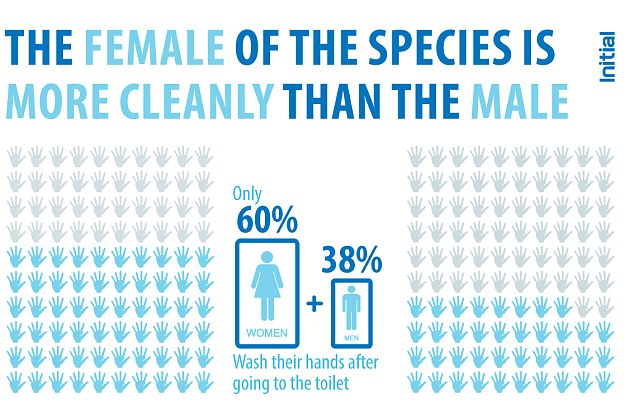
You must be logged in to post a comment.